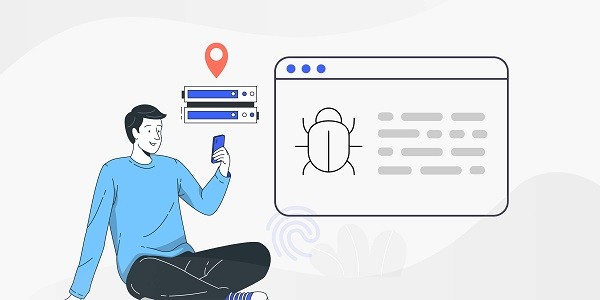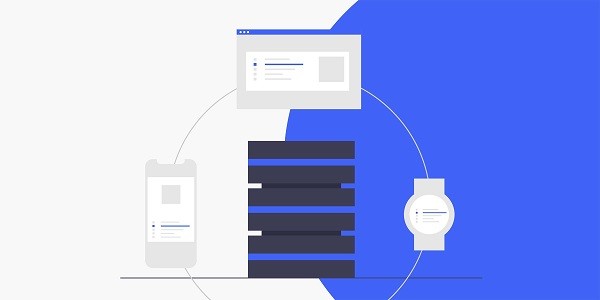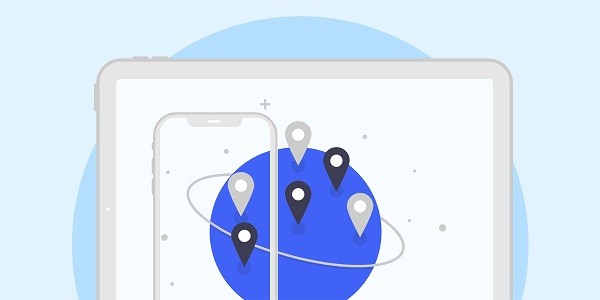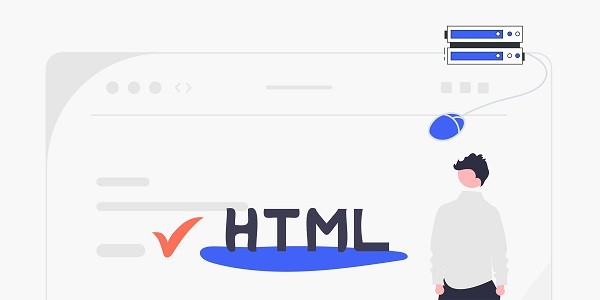Discuss the common reasons for SOCKS5 connection failure, analyze the impact of proxy IP configuration and network environment, and provide optimization ideas combined with IP2world's proxy service to help you quickly solve the problem. SOCKS5 is a widely used network protocol that transfers data between the client and the target server through a proxy server. It is often used in scenarios such as privacy protection and cross-regional access. However, in actual use, users often encounter the problem of "unable to complete SOCKS5 connection", resulting in operation interruption or reduced efficiency. As the world's leading proxy IP service provider, IP2world's S5 proxy product is designed to solve such problems, helping users optimize their connection experience through high-performance nodes and flexible configuration. Why does the SOCKS5 connection suddenly disconnect?The stability of SOCKS5 connection is affected by many factors. If the network fluctuations or latency between the client and the proxy server are too high, the handshake may fail. At the same time, the overload or insufficient resource allocation of the proxy server may also trigger the connection to be disconnected. In addition, some firewalls or security software may misjudge the proxy traffic as a threat and actively block the communication.IP2world's exclusive data center proxy significantly reduces connection problems caused by network environment through dedicated bandwidth and low-latency nodes, and is especially suitable for business scenarios with high requirements for stability. How does a proxy IP misconfiguration affect SOCKS5 connections?Configuration errors are a common reason for SOCKS5 connection failures. For example, incorrect proxy address or port input, mismatched authentication information, improper protocol version selection (such as misusing SOCKS4), etc., can all lead to a connection failure. Some users may ignore the DNS settings of their local devices. If the DNS resolution fails, the connection will still be blocked even if the proxy is configured correctly.When using IP2world's static ISP proxy, users can quickly complete configuration through standardized interfaces and detailed documentation, reducing the risk of human error. How does the target website detect and block proxy IP?Many websites have deployed anti-crawler mechanisms to identify proxy IPs by analyzing traffic characteristics. For example, a large number of requests from the same IP in a short period of time, mismatch between IP geographic location and user behavior, abnormal request header information, etc. may trigger a ban. Once a proxy IP is blacklisted, the SOCKS5 connection will be directly rejected.IP2world's dynamic residential proxy provides a large number of real residential IP resources and supports automatic rotation function to effectively avoid the problem of blocking. Its IP pool covers multiple regions around the world, ensuring that user behavior is closer to real users. Could network protocol compatibility be causing the connection failure?Although SOCKS5 is a universal protocol, you still need to pay attention to compatibility in actual applications. For example, some applications or development frameworks may only support HTTP proxies, and forcibly using the SOCKS5 protocol will cause compatibility errors; in addition, the mixed use of IPv4 and IPv6 may also cause connection anomalies.IP2world's S5 proxy provides complete protocol support and multi-language SDK, allowing developers to easily integrate into existing systems to avoid connection failures due to compatibility issues. How to systematically troubleshoot SOCKS5 connection problems?Verify proxy configuration : check whether the address, port, account and password are consistent with those provided by the service provider;Test the local network : turn off the firewall or switch the network environment to eliminate local restrictions;Monitor proxy status: Test proxy availability through tools such as cURL to confirm server response;Change IP type: If your static IP is blocked, try switching to a dynamic residential proxy or data center proxy. As a professional proxy IP service provider, IP2world provides a variety of high-quality proxy IP products, including dynamic residential proxy, static ISP proxy, exclusive data center proxy, S5 proxy and unlimited servers, suitable for a variety of application scenarios. If you are looking for a reliable proxy IP service, welcome to visit IP2world official website for more details.
2025-04-17









